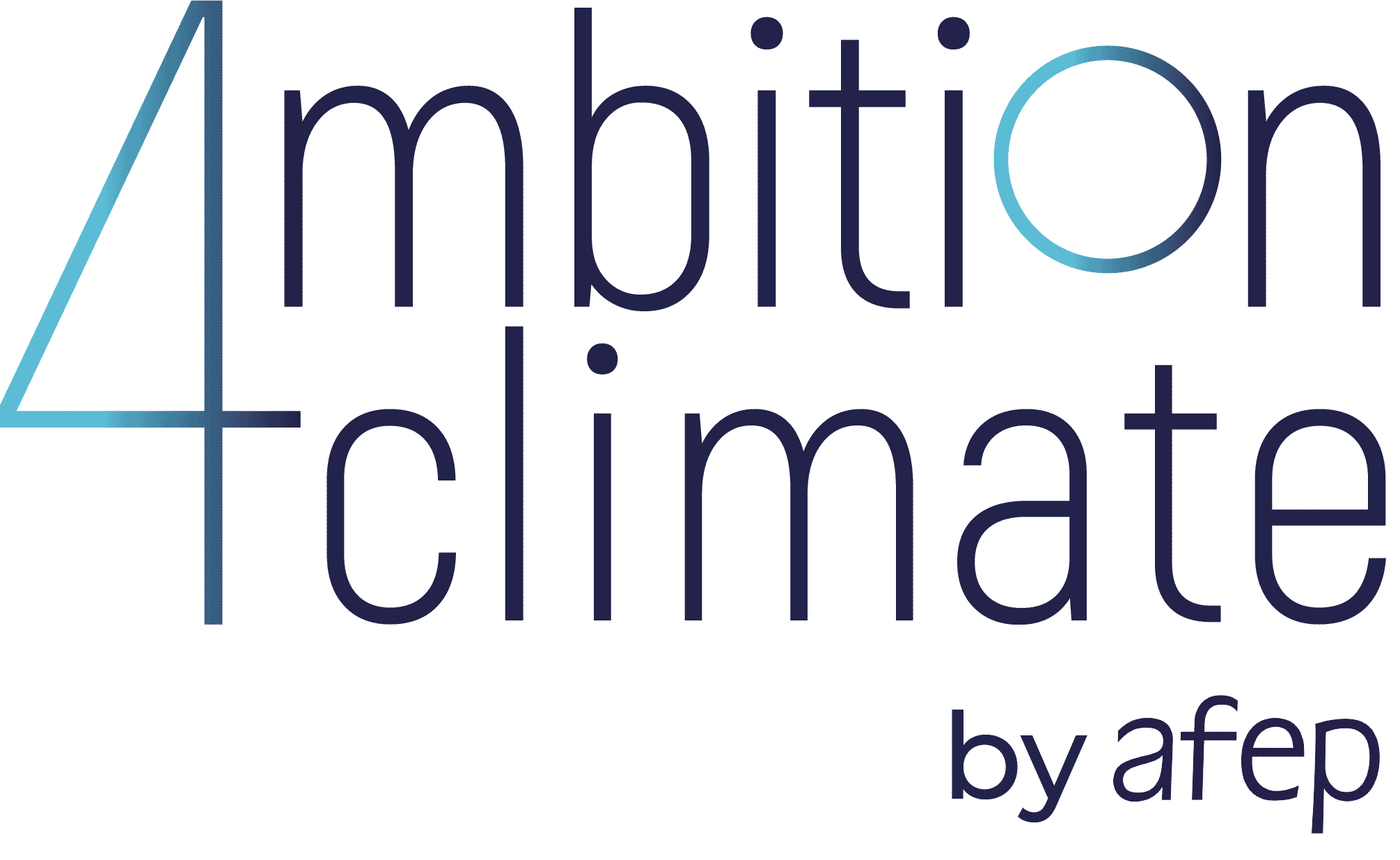For each project sheet, a methodology is suggested to define the climate impact of the action implemented. To do so, it measures several characteristic variables:
1
The emissions induced by the implementation of the project, according to the different scopes described below:
- Scope 1 , which refers to direct emissions generated by the company’s activities;
- Scope 2 , which refers to indirect emissions related to the use of electricity or heat imported by the company;
- Scope 3 , which refers to indirect emissions induced by the company’s activities, products and services at its suppliers’ or customers’ sites.
2
Avoided emissions resulting from the implementation of the project, i.e. the positive gain between the emissions of the project on the one hand, and the emissions of the baseline scenario that would have occurred in the absence of the project, on the other hand. Avoided emissions are neither added to nor subtracted from the emissions induced by the project.
3
How the project contributes to the creation of direct carbon sinks, i.e. net carbon sequestration assets owned directly by the company, or indirect carbon sinks, i.e. net carbon sequestration assets financed by the company at its suppliers or its customers or outside its value chain. The project may also use the carbon dioxide in an industrial process.
The carbon impact of each project is defined according to the physical quantities involved: quantity of energy used, quantity of raw materials consumed, quantity of products sold and quantity of CO2 absorbed. Each physical quantity evolving during the project is characterised by an emission factor which defines its carbon intensity.
The carbon impact is then calculated as follows: Reduction in physical quantities of carbon × associated emissions factor.
Each project sheet also provides data on the investment made by the companies and the reproducibility capacity of the project. For each indicator present in the project sheet, the element activated by the project is indicated in blue.
The information contained in each project sheet is the sole responsibility of the company carrying out the project.
Finally, a dedicated box allows you to:
- Download the complete project sheet in pdf format;
- Access additional information through the URL links provided by the company carrying the project;
- Contact the company directly.

AFEP (Association of French large companies) is an association representing 111 of the largest companies operating in France. It participates in the public debate with the ambition to provide pragmatic answers in favour of the development of a competitive and sustainable French and European economy, conducive to the growth of all companies.
